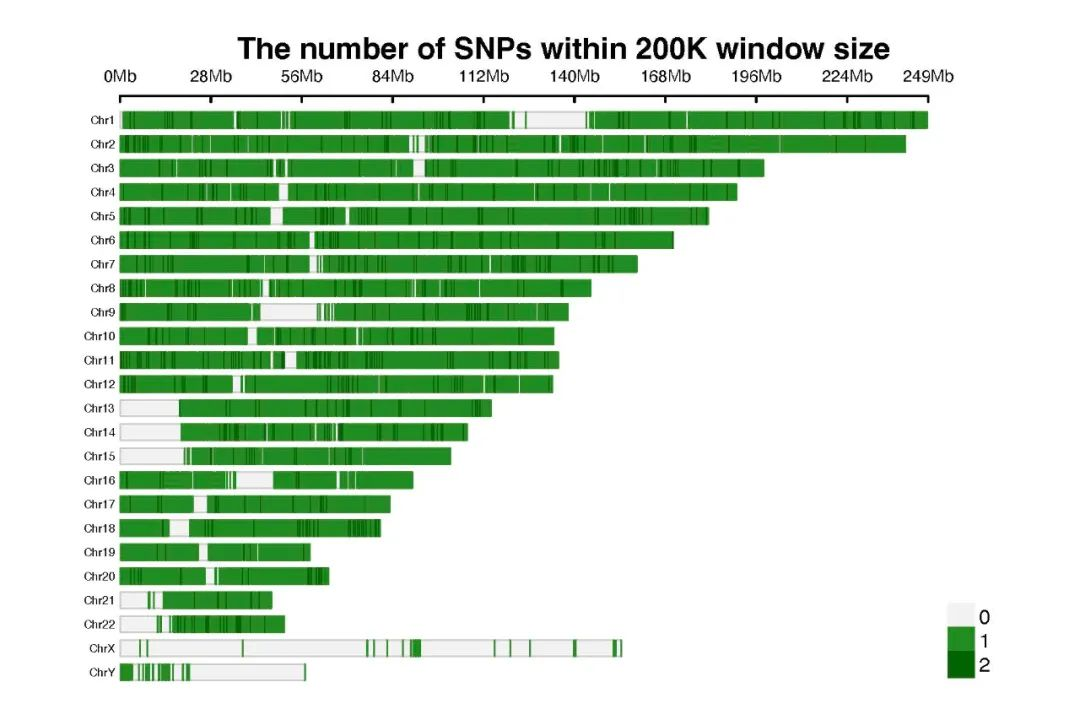1.Yu F, Ma N, Zhang X, et al. Comprehensive investigating of cytokine and receptor related genes variants in patients with chronic hepatitis B virus infection. Cytokine. 2018 Mar;103:10-14.
2.Pang X, Ren L, et al. Cold-chain food contamination as the possible origin of COVID-19 resurgence in Beijing. Natl Sci Rev. 2020 Oct 23;7(12):1861-1864.
3.Du P, Ding N, et al. Genomic surveillance of COVID-19 cases in Beijing. Nat Commun. 2020 Oct 30;11(1):5503.
4.Chen C, Li J, et al. MINERVA: A Facile Strategy for SARS-CoV-2 Whole-Genome Deep Sequencing of Clinical Samples. Mol Cell. 2020 Dec 17;80(6):1123-1134.e4.
5.Xu Y, Kang L, et al. Dynamics of severe acute respiratory syndrome coronavirus 2 genome variants in the feces during convalescence. J Genet Genomics. 2020 Oct 20;47(10):610-617.
6.Wu X, Ning C, et al. A 3,000-year-old, basal S. enterica lineage from Bronze Age Xinjiang suggests spread along the Proto-Silk Road. PLoS Pathog. 2021 Sep 21;17(9):e1009886.
7.Zhang J, Ding N, et al. Phylogenomic tracing of asymptomatic transmission in a COVID-19 outbreak. Innovation (Camb). 2021 May 28;2(2):100099.
8.Li J, Du P, et al. Two-step fitness selection for intra-host variations in SARS-CoV-2. Cell Rep. 2022 Jan 11;38(2):110205.
9.Song S, Li C, et al. Genomic Epidemiology of SARS-CoV-2 in Pakistan. Genomics Proteomics Bioinformatics. 2021 Oct;19(5):727-740.
10.Zhang J, Tian X, et al. Feasibility and Accuracy of Menstrual Blood Testing for High-risk Human Papillomavirus Detection With Capture Sequencing. JAMA Netw Open. 2021 Dec 1;4(12):e2140644.
11.Li P, Ke Y, et al. Targeted screening of genetic associations with COVID-19 susceptibility and severity. Front Genet. 2022 Nov 30;13:1073880.
12.Pu R, Liu W, et al. The Effects and Underlying Mechanisms of Hepatitis B Virus X Gene Mutants on the Development of Hepatocellular Carcinoma. Front Oncol. 2022 Feb 10;12:836517.
13.Zhang M, Zhang H, et al. Liver biopsy of chronic hepatitis B patients indicates HBV integration profile may complicate the endpoint and effect of entecavir treatment. Antiviral Res. 2022 Aug;204:105363.
14.Shen C, Li Y, et al. HTLV-1 infection of donor-derived T cells might promote acute graft-versus-host disease following liver transplantation. Nat Commun. 2022 Nov 30;13(1):7368.
15.Liu W, Cai S, et al. HBV preS Mutations Promote Hepatocarcinogenesis by Inducing Endoplasmic Reticulum Stress and Upregulating Inflammatory Signaling. Cancers (Basel). 2022 Jul 4;14(13):3274.
16.Feng XL, Yu D, et al. Characteristics of replication and pathogenicity of SARS-CoV-2 Alpha and Delta isolates. Virol Sin. 2022 Dec;37(6):804-812.
17.Wang Y, Nan X, et al. Consumption of Supplementary Inulin Modulates Milk Microbiota and Metabolites in Dairy Cows with Subclinical Mastitis. Appl Environ Microbiol. 2022 Feb 22;88(4):e0205921.
18.Lang B, Cao C, et al. Genomic alterations related to HPV infection status in a cohort of Chinese prostate cancer patients. Eur J Med Res. 2023 Jul 17;28(1):239.
19.Adeola AC, Luka PD, et al. Target capture sequencing for the first Nigerian genotype I ASFV genome. Microb Genom. 2023 Jul;9(7):mgen001069.
20.Sun B, Andrades Valtueña A, et al. Origin and dispersal history of Hepatitis B virus in Eastern Eurasia. Nat Commun. 2024 Apr 5;15(1):2951.
21.Wang Z, Liu C, et al. Long-read sequencing reveals the structural complexity of genomic integration of HPV DNA in cervical cancer cell lines. BMC Genomics. 2024 Feb 20;25(1):198.
22.Yang Z, Zeng J, et al. Detection of HBV DNA integration in plasma cell-free DNA of different HBV diseases utilizing DNA capture strategy. Virol Sin. 2024 Aug;39(4):655-666.

 CN
CN
